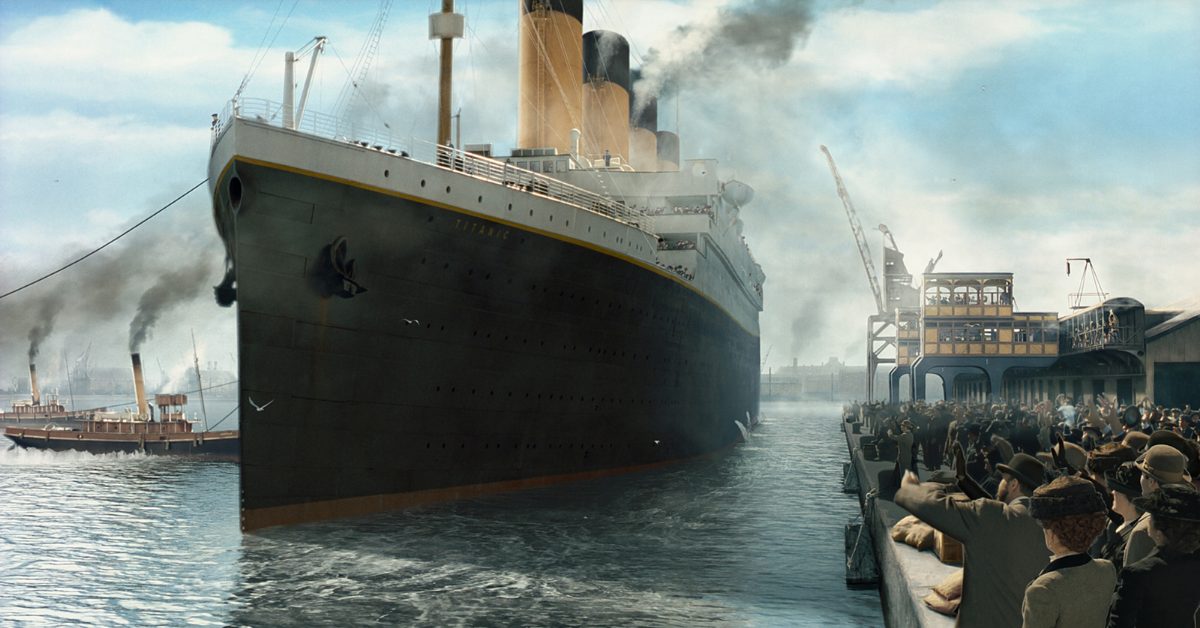The Titanic, once famously dubbed the “unsinkable ship,” is further deteriorating on the ocean floor. In the early hours of April 15, 1912, the Luxury Liner RMS Titanic hit an iceberg on her maiden voyage. A few hours later, it slipped more than 12,000 feet beneath the waves, killing 1,517 people.
The wreck’s location remained a mystery until it was discovered 73 years after it sunk in 1985. Due to deep-sea currents, salt corrosion, and metal-eating bacteria, the wreck of the Titanic is slowly but surely being taken back by Mother Nature.
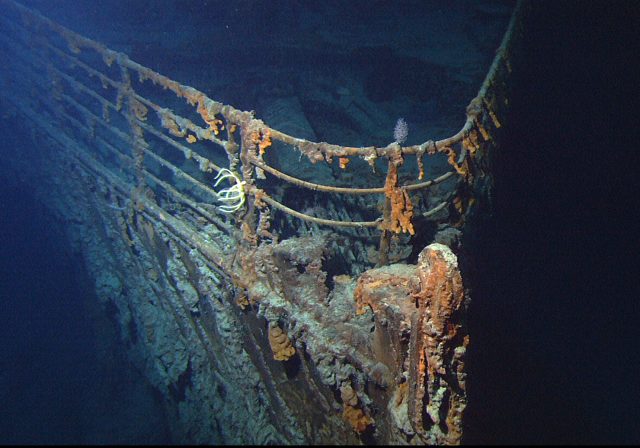
Iron-Eating Bacteria
Much of the deterioration of the Titanic comes from a group of bacteria named Halomonas titanicae after the ship. These bacteria consume hundreds of pounds of iron each day. When these iron-loving bacteria munch of the steel of the sunken ship, they cause stalactite-like structures to form on the wreck. These structures look like rust-colored icicles and are known as “rusticles.”
Recently, scientists were shocked by the rapidly deteriorating state of the Titanic. In 2010 Henrietta Mann, who co-discovered the Halomonas titanicae bacteria, told Time magazine that Titanic has only about 30 years left before it disappears. Similarly, deep-sea explorer Victor Vescovo explained to Time in 2019 that “the wreck has been down there 107 years in strong currents and seawater, so it is a matter of not if, but when the sea will reclaim it in its entirety.”
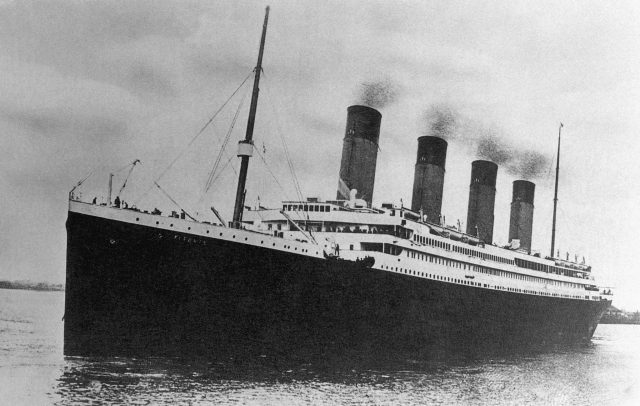
The need to document the ship before its gone
Since Titanic’s initial discovery in 1985, many parts of the ship have vanished. For example, the crow’s nest, where the iceberg was first spotted in 1912, has disappeared. The poop deck where passengers would have crowded as the ship sank folded in on itself. A 2019 expedition discovered that Captain Edward Smith’s bathtub, which had previously become visible after the outer wall of the captain’s cabin fell away, is now gone.
Beginning in July 2021, OceanGate Expeditions will start a series of expeditions to the site of the Titanic wreckage, beginning what’s expected to be an annual chronicling of the ship’s deterioration. With the help of wealthy tourists, experts hope to learn more about the vessel and the underwater ecosystem now associated with the famous shipwreck.
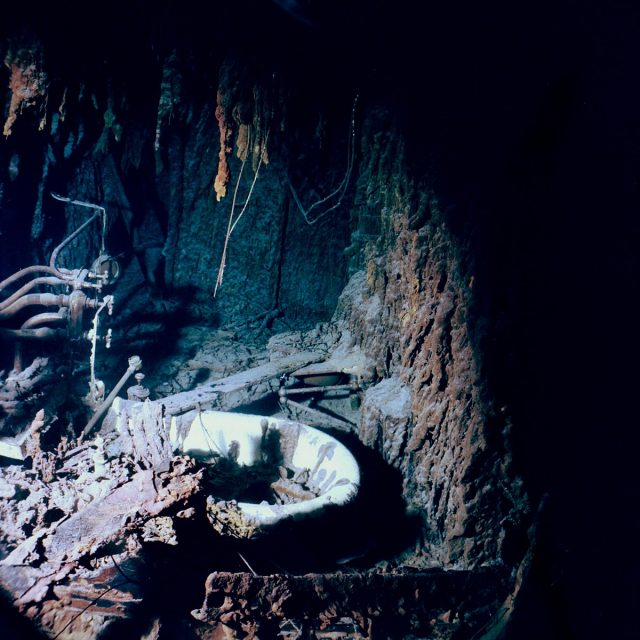
The expedition includes archaeologists and marine biologists, but also about 40 people who paid to come along. These tourists will help support the team to collect images, video, laser scans, and sonar data to provide an objective baseline of the current condition of the wreck. These tourists will help fund the expedition by spending anywhere from $100,000 to $150,000 apiece.
No artifacts will be resurfaced
Titanic historian Bill Saunder previously managed research for the company that owns the ship’s salvage rights and he doubts the expedition will discover “anything that’s front-page news.” However, he does believe that the expedition will help improve the world’s understanding of the wreck layout and debris field.
More from us: Controversy Erupts Over Plan to go Down and Remove Titanic’s “Voice”
Unlike other missions to Titanic, OceanGate has no plans to take any sort of artifacts from the wreck site, making this mission much less controversial than missions of the past. Most recently, RMS Titanic, the company that owns the wreck’s salvage rights, wanted to recover the Marconi Wireless Telegraph Machine that transmitted the ship’s distress calls. However, this proposal sparked a court battle last year with the United States Government, who claimed the expedition would break federal law and a previous pact made with Britain to leave the wreck undisturbed because it was a gravesite.
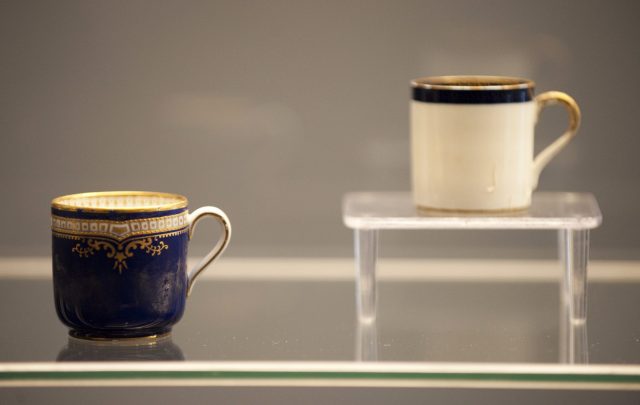
This is not the first time that expeditions to the Titanic sparked controversy. The RMS Titanic Inc. alone has recovered thousands of artifacts from the site over the years, including silverware, china, and gold coins from the wreckage. This has sparked debates on whether or not retrieving artifacts from the Titanic is a form of grave robbing.
In 2003, Ed Kamuda, the then president of the Titanic Historical Society told the Associated Press that human activity around the Titanic should be limited. He said “let nature take back what is hers. It’s only a matter of time before it’s a brown stain and a collection of pig iron on the ocean floor.”
